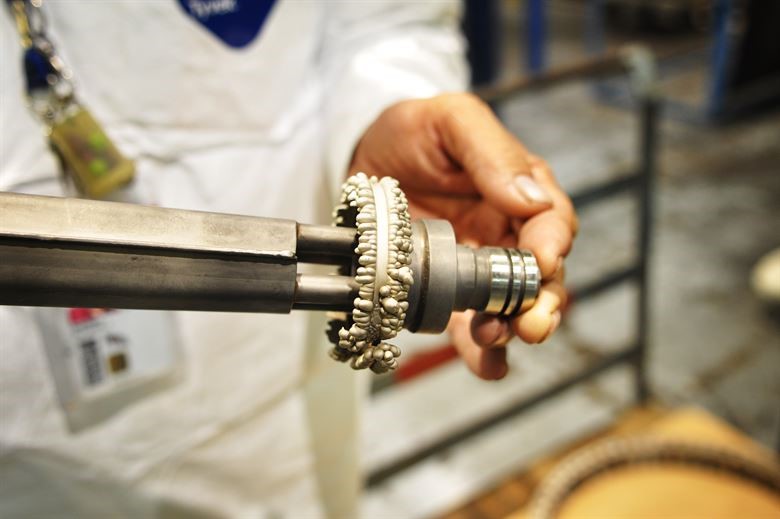In some industries, few things made from solid material such as plastic or metal are made and delivered as they stand, because without some sort of protection they simply wouldn’t withstand the elements or environment they are in – which means they would have an unsatisfactorily short shelf life. The solution is to protect them with something, and this is where electroless nickel plating comes into play.
What’s the Technical Explanation?
In the trade this may be described as a process where an even layer of nickel-phosphorus or nickel-boron alloy is added to an item. The amount of phosphorus featured ranges between 2% and 14%, and the higher this number the more resistance to corrosion is provided – but in return the finish is not as hard. It is also referred to as autocatalytic coating, because during the metal or alloy deposit process chemical reaction causes it to be catalyzed.
Image Credit
Where and Why Will You See Electroless Nickel Plating Being Used?
The major uses for electroless nickel plating treatments are on products such as pumps, drive shafts, pipes and valves within the construction, engineering, aerospace, electronic and oil/gas industries. This invaluable resource offers high levels of protection from both abrasive exposure and general wear, helps to avoid corrosion and generally strengthens the product being coated.
It is commonly used on metal, plastic and carbon steel surfaces, though it doesn’t do so well on steels which contain chromium. Electroless nickel plating is adaptable to the conditions of a surface it is applied to, which means things such as pits and recesses are filled in so the end result is smooth.
Something to Consider
The best results from electroless nickel plating depend on things such as adequate surface preparation and cleaning as well as careful attention to and management of the plating baths. Avoid any issues by using the services of surface engineering specialists such as https://www.poeton.co.uk/.
Why Choose Electroless Nickel Plating?
There are several reasons why this is considered superior to electroplating. It is able to cope with surfaces which electroplating simply can’t manage, there is virtually no risk of excess deposits at high points, it has an extended range of throwing power and there is significantly less hydrogen charging. It does cost more to choose electroless nickel plating, but the advantages tend to outweigh this issue.

